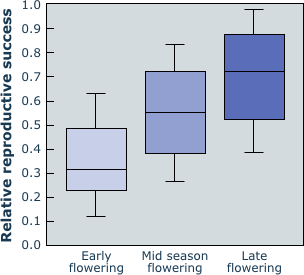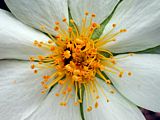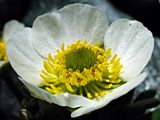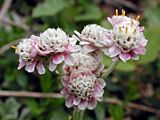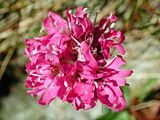Pollen riskers vs. seed riskers
Early and late flowering species

Based on a study of flowering phenology in 137 arctic-alpine species, Molau (1993) proposed that plant reproduction in this life zone is associated with two opposing risks related to life history strategy.
- A pollen risk strategy in early flowering species (too cold for pollinator visits, but sufficient time for seed maturation).
- A seed risk strategy in late flowering species (safe pollination, but not enough time for seed maturation).
Molau found low fruit/flower and seed/ovule ratios in early flowering species and the opposite situation in late-flowering species (see Figure). In early flowering species seed set is low every year due to high abortion rate, and in late-flowering species seed set is reduced in some years because of climatic reasons.
The relationship between flowering phenology and breeding systems is particularly interesting. Early flowering is associated with breeding systems favoring high outbreeding, while late flowering species frequently are selfers or species with agamospermy and vivipary.
